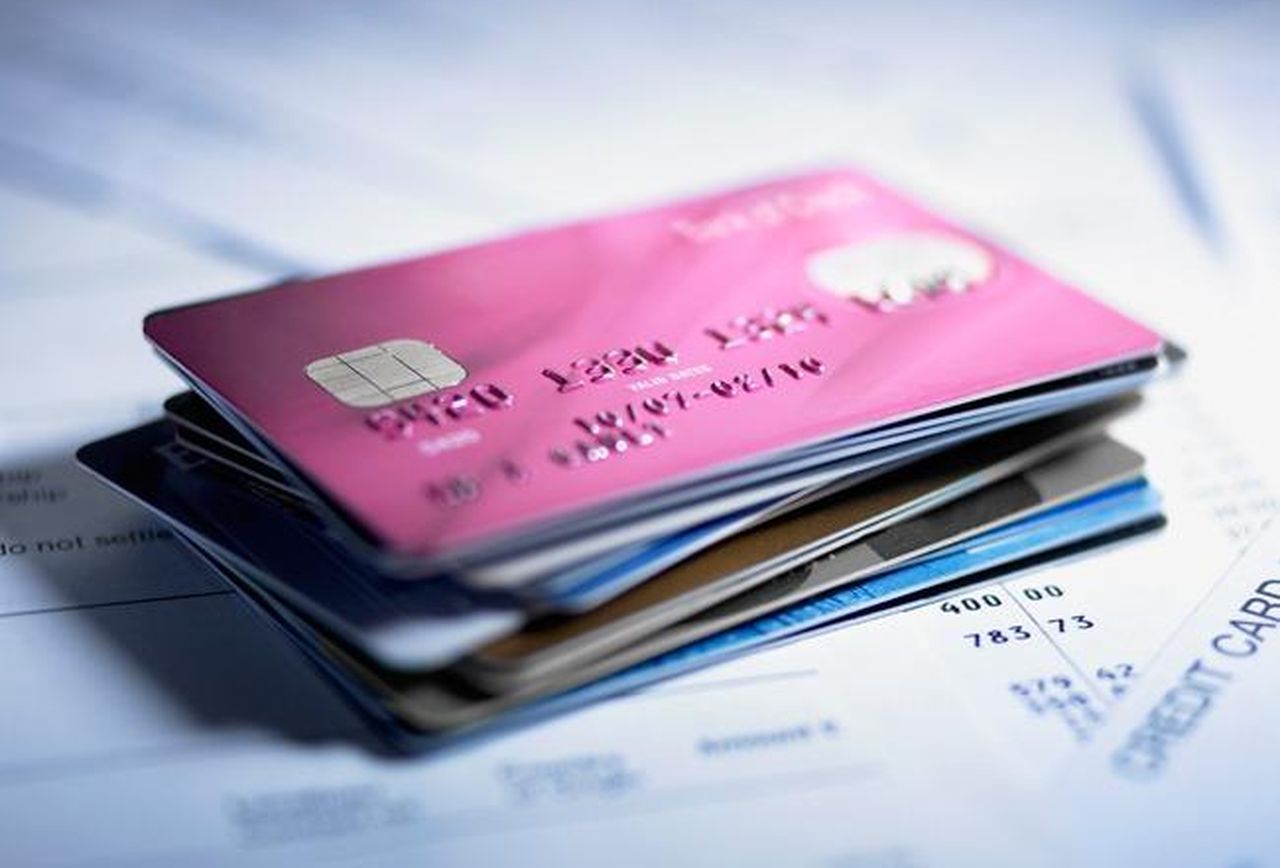There are lots of reasons people need to use credit cards. A lot of people automatically think of expensive, frivolous purchases when they hear the words “credit card debt.” But this often isn’t the case. Many people need to use credit cards if they have to spend money in an emergency situation. But the high interest rates make it hard to overcome that debt. Here are some ideas for escaping the high-interest credit card trap.
 How Does Credit Card Interest Work?
How Does Credit Card Interest Work?
Credit card interest isn’t your friend. When you sign up for a new credit card, a lot of card providers will start you out with a low introductory interest rate. This rate is often zero percent. This means, during the introductory period, your balances won’t accumulate any interest.
While this might seem like a great gift, it’s actually a wolf in sheep’s clothing. Those interest rates are going to kick in after the end of that zero-interest introduction. And they’re not going to be fun to deal with.
Credit cards come with some of the highest interest of any type of loan out there. This makes them harder to pay off, since you’re not just having to pay back the original amount you borrowed. You’re going to need to repay interest on that loan, as well as interest on that interest.
You see, with a credit card, the interest—let’s say it’s a 15 percent APR—doesn’t just apply to the original amount. It applies to the current balance. This compounding feature of credit card interest is what makes this kind of borrowing tricky.
Why Are High-Interest Credit Cards Dangerous?
It should be obvious now that credit cards can be dangerous for your finances when used incorrectly. But how exactly can they pose problems for you? These are a few ways high-interest credit cards can act like a trap to consumers:
- Interest can keep piling up, making it so your payments don’t even reduce the amount you owe. Paying the minimum on your cards is a recipe for a disastrous interest trap. The minimum required payment on a credit card is only going to be a small amount of the total balanced owed. While you can get away with only paying the minimum a few times if you’re in a bind, it’s not a sustainable strategy. Eventually, interest is going to accumulate faster than you’re paying it off. This means you can end up paying far more in interest than you even owed originally.
- Low introductory rates can lull consumers into a false sense of security. As already mentioned, it’s pretty common for credit cards to start out with a low or zero-percent interest rate. This means you won’t accumulate any interest over the introductory period. People can get used to paying the minimum and end up with a much higher balance than they can afford to reasonably pay back.
- Refinancing credit card debt by transferring balances from high-interest accounts to low- or no-interest cards can seem like a good idea. In theory, this should let you pay off the balances easier. But in practice, this can lead to more issues, since balance transfers typically come with a sizable fee. Plus, you need to pay off the debt quickly or else you’ll be right back in the same spot. For people experiencing the struggles associated with high-interest credit cards, debt relief can be one of the only places to turn for help.
How Can You Escape a High-Interest Credit Card Trap?
Start by meeting with a credit counselor at a not-for-profit agency to discuss your financial situation. You may decide to pursue debt consolidation, debt management or debt settlement as a solution. Or you may decide to make lifestyle changes and pay down your debts at home.
Debt is nothing to be ashamed about. In the U.S., the average person has over $38,000 in debt, not including home mortgages. Credit cards are a big factor in this. If you’re struggling with credit card debt, it’s wise to try to use them as little as possible in order to not put yourself in an even deeper hole.